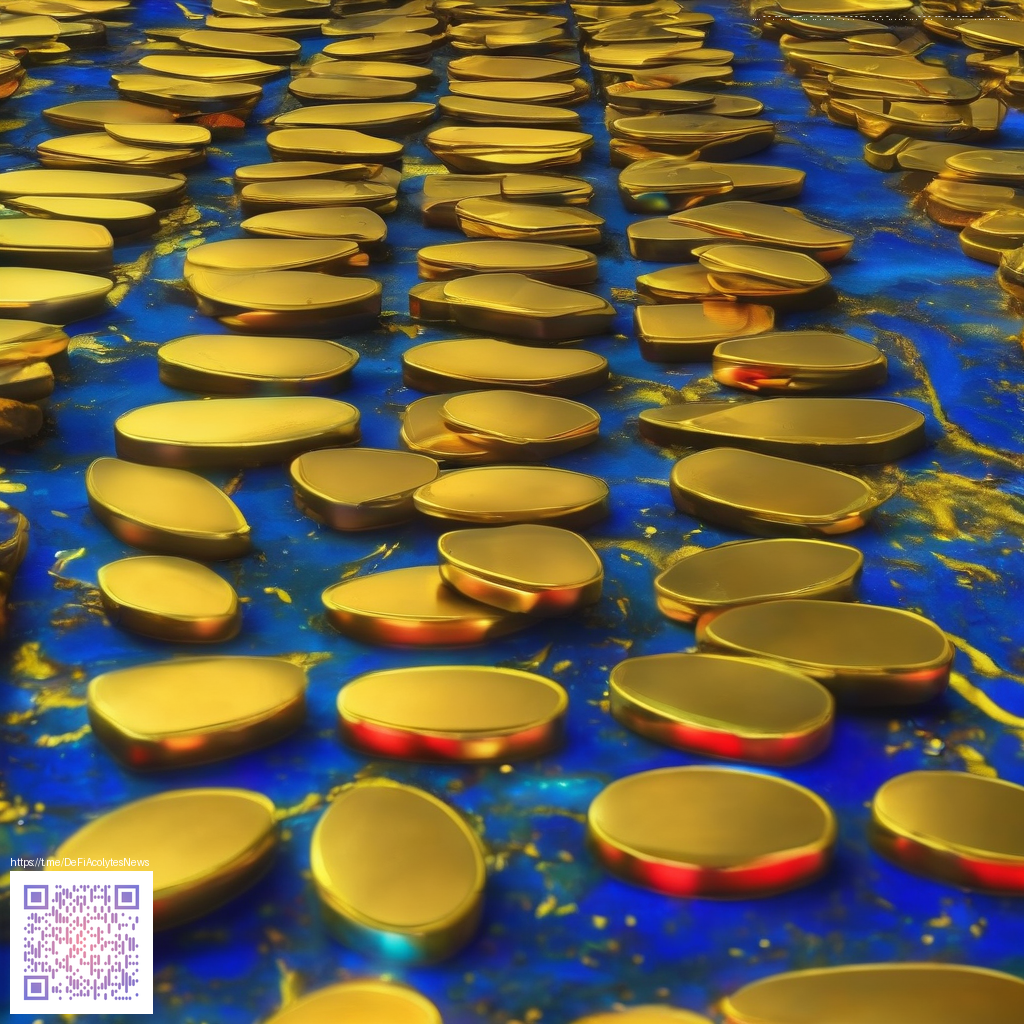
Unlocking Subtle Linen Texture in Digital Paper Art
Texture is a quietly powerful tool in digital design. A subtle linen paper effect can add depth to posters, UI mockups, book layouts, and packaging visuals without shouting for attention. The aim isn’t to replicate a heavy grain, but to suggest a tactile surface that guides light and shadow just enough to feel real. When done with restraint, the linen feel becomes a sophisticated backdrop that supports your subject rather than competing with it.
Texture should whisper, not shout. The best linen effects work because they stay in the background while enhancing contrast, softness, and a sense of provenance.
Foundations: What makes linen feel authentic?
To recreate a believable linen look in digital work, start with three core ideas: grain direction, scale, and tonal variation. Linen fibers run in a weave that creates tiny directional patterns. If you over-emphasize this, the surface reads as noisy; if you underplay it, the texture vanishes when printed or rendered at small sizes. The trick is to tune scale so that the grain is visible up close but remains a subtle hint from a normal viewing distance.
- Direction: align grain with the intended reading direction (top-to-bottom or side-to-side) to guide the eye naturally.
- Scale: keep the texture fine enough to stay discreet on small assets, then allow a touch more grain for large backgrounds.
- Color modulation: apply a gentle shift in color along the grain to mimic natural fiber variation without creating muddy areas.
- Lighting cues: simulate a light source by heightening highlights along the grain and softening shadows in the interstices.
Practical workflow: achieving a refined linen look
In practice, you’ll blend texture layers with careful opacity and blending modes. A common approach is to start with a base color that mirrors your paper stock, then overlay a textile grain texture at low opacity. Use a soft light or overlay blend mode to merge grain with the underlying color, so the texture never dominates. For extra realism, apply a subtle displacement or warp to mimic the way linen fibers catch angled light.
Here’s a concise workflow you can adapt across tools like Photoshop, Procreate, or Affinity apps:
- Layer a noise-based texture with a linen-like pattern and set it to Soft Light at 10–20% opacity.
- Introduce a second texture with slightly coarser grain and reduce opacity to 5–12% to avoid harsh repetition.
- Color-correct the result with a gentle beige or off-white tint to mimic real paper stock.
- Apply a subtle displacement map to create gentle irregularities, then mask areas where you want crisper detail.
- Test print at a small size first to ensure the texture remains refined rather than overpowering.
When you’re experimenting with these effects, a tangible prop can help you visualize how the texture interacts with real-world surfaces. For a hands-on testing surface, consider reviewing the Custom Rectangular Mouse Pad 9.3x7.8in Non-Slip Desk Mat product page. Its matte surface provides a practical counterpart to digital previews, offering insight into how texture reads under different lighting and angles. If you’d like additional inspiration, you can also explore related ideas at this reference page for broader context on subtle surface effects.
Color and light interactions are often where the linen effect earns its keep. Slight color drift along the grain can simulate the natural variation found in fiber, while careful edge control ensures the texture remains a support rather than a distraction. The most convincing results come from iterating with both digital previews and real-world tests—small adjustments in opacity, direction, and scale can have a big impact on perceived texture.
Tips for designers and creators
- Keep a consistent grain direction across large panels, but consider breaking it up in focal areas to avoid uniformity that feels artificial.
- Limit color shifts to a narrow palette, so the texture remains quiet and sophisticated.
- Use texture sparingly in product photography and UI to preserve legibility where it matters most.
- Document your settings (opacity, blend mode, scale) so you can recreate or adjust the effect easily in future projects.